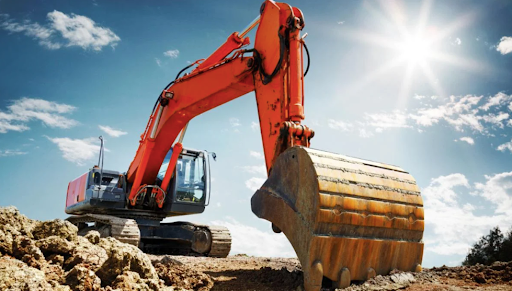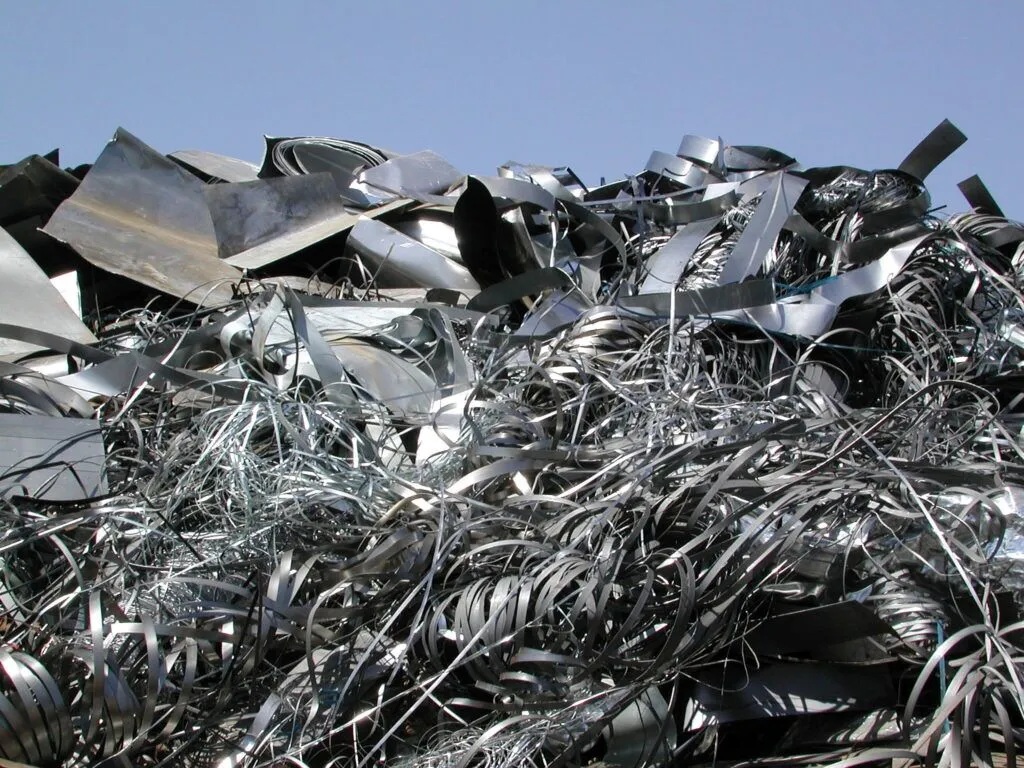
Digger machines, also known as excavators, have played a pivotal role in transforming various industries, from construction and mining to infrastructure development. The power and versatility of these machines have revolutionised the way heavy-duty tasks are carried out, making them indispensable in modern industrial settings.
A Brief History
The history of digger machines dates back to the late 19th century when the first steam-powered excavator was introduced. Over time, these machines underwent significant improvements, leading to the development of hydraulic excavators, which are widely used today. This evolution has been instrumental in enhancing the efficiency and capabilities of digger machines, enabling them to handle a diverse range of tasks with precision and power.
Applications Across Industries
Construction
They are the backbone of the construction industry, enabling the excavation of foundations, trenches, and other earthworks with remarkable speed and accuracy. Their ability to navigate through tough terrain and handle heavy loads has made them indispensable on construction sites of all sizes.
Mining
In the mining industry, these machines are crucial for carrying out excavations, removing overburden, and extracting valuable minerals. Their robust build and advanced capabilities allow for the efficient extraction of resources, contributing to the productivity and success of mining operations.
Infrastructure Development
From laying down pipes and cables to building roads and bridges, this equipment is instrumental in all aspects of infrastructure development. Their precision and power make them essential for tasks such as trenching, grading, and material handling, ensuring the seamless execution of infrastructure projects.
The Versatility Factor
These machines can be equipped with various attachments such as buckets, hydraulic breakers, and grapples, allowing them to perform a wide array of tasks without the need for multiple specialised vehicles. This versatility not only saves time and labour but also enhances overall operational efficiency.
Technological Advancements
The modern era has witnessed significant technological advancements in digger machines. Innovations such as GPS-guided excavation systems, advanced telematics, and ergonomic operator interfaces have transformed these machines into sophisticated pieces of engineering, capable of delivering unparalleled performance and precision.
Environmental Impact
While digger machines are synonymous with heavy-duty tasks, advancements in their design and technology have focused on minimising their environmental footprint. Features such as reduced emissions, fuel-efficient engines, and noise-reducing components demonstrate the industry’s commitment to sustainability and responsible usage of these powerful machines.
Economic Impact
Their economic impact extends beyond their immediate use in various industries. Their efficiency and productivity contribute to cost savings, reduced project timelines, and increased output, all of which have a direct influence on the bottom line of businesses and organisations utilising these machines.
Safety Regulations and Practices
In numerous industries, including mining and construction, digger machines can be a significant safety hazard if not operated and maintained properly. Accidents caused by improper usage could cause serious damage to the operator, the people around, and equipment. It is therefore important to follow all safety regulations, provide training and ensure that all employees and contractors adhere to the safety rules.
Popularity of Rentals
This equipment is incredibly expensive, and not all companies can afford to purchase them for long-term usage. However, the widespread popularity of digger machine rentals has made it possible for businesses to have access to these powerful machines and use them as and when the requirement arises.
The Operator’s Role
Behind every equipment is a skilled operator responsible for harnessing its power and efficiency. Operating a machine requires specialised training and expertise, ensuring safe and optimal utilisation of its capabilities. The role of the operator is crucial in maximising the machine’s potential while adhering to safety and regulatory standards.
Future Trends and Innovations
Looking ahead, the future of digger machines is poised for further advancements. Emerging technologies such as autonomous operation, electrification, and predictive maintenance are shaping the next generation of these machines, promising even greater efficiency, reliability, and sustainability in their operation.
Conclusion
In conclusion, digger machines are a cornerstone of modern industry, enabling construction, mining, and infrastructure development projects to take place with remarkable precision and efficiency. As technology continues to evolve and new innovations emerge, these machines will remain at the forefront of industrial progress, driving change and shaping the future of heavy-duty tasks.
By unearthing the power of this useful equipment, we uncover not only their mechanical capabilities, but also the impact they have on transforming industrial operations and processes. Their versatility, technological advancements, economic impact, and safety considerations are among the many ways these machines continue to shape and improve the industrial landscape.




